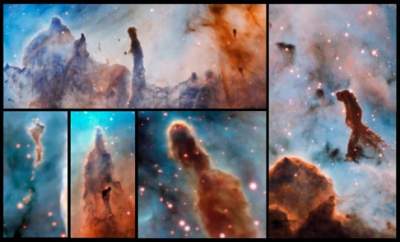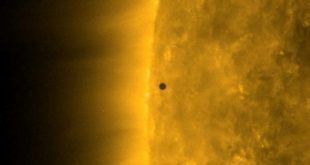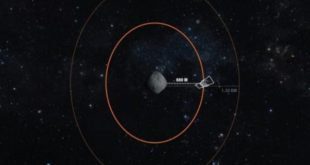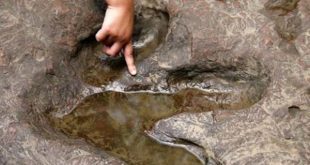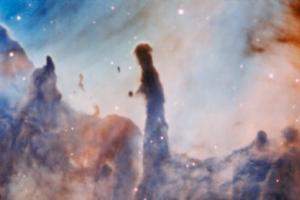 Astronomers received the “Pillars of Destruction” inside the Carina nebula.
Astronomers received the “Pillars of Destruction” inside the Carina nebula.
Scientists using the Very large telescope has got the gas-and-dust “columns”, which are located inside the Carina nebula.
The “Pillars of Destruction” was published on the website of the European southern Observatory.
One of the first effects of the formation of massive stars is that it hardly appeared, begins to destroy who caused that gas and dust cloud. The idea that massive stars significantly influence their environment, is not new: such stars spew a powerful stream of ionizing radiation, the energy of which is enough to rip electrons from their orbits around atomic nuclei. However, to find direct observational evidence of interaction of massive stars with their environment – a very difficult task.
Astronomers have analyzed the impact of high-energy radiation of stars on the substance of “columns”. This process gas ionization with subsequent dispersion in the space is called fotospuredee. Observing the consequences of fotospuredee, including the loss of the “pillars” of mass, scientists were able to establish a clear correlation between the quantity of ionizing radiation of nearby stars and scattering substances “columns” in space.
The destruction of a massive star cradles their space looks dramatically. However, the true complexity of the processes of interaction between the stars and the “pillars” are still not well understood. Look the “column” dense and powerful, but in reality these clouds of gas and dust are very sparse. And perhaps the radiation of massive stars and stellar winds from them really help to create inside the “pillars” of denser areas, which can gradually form new stars.
